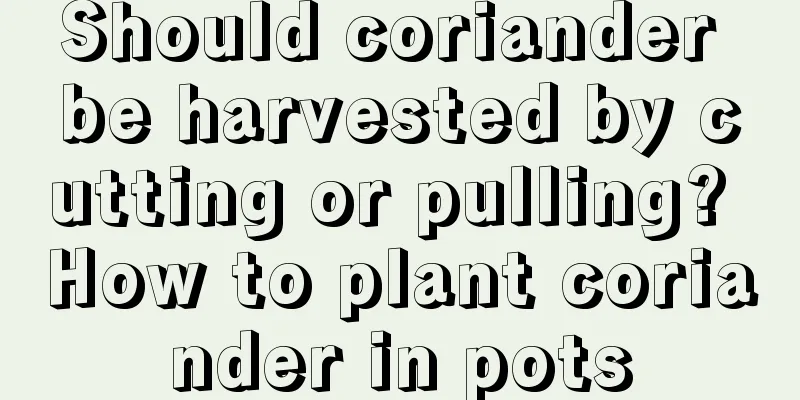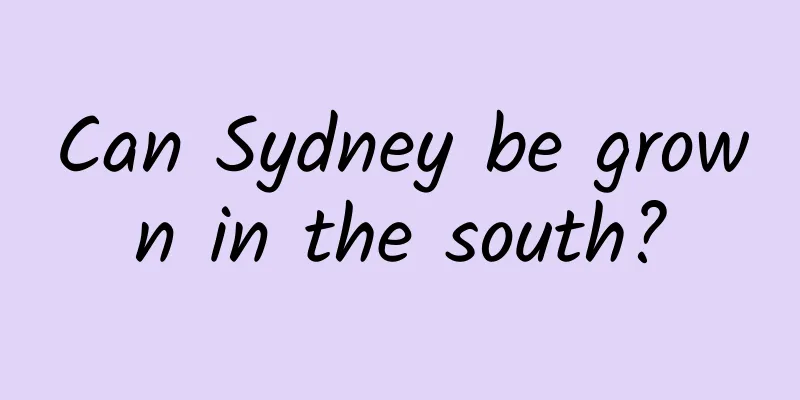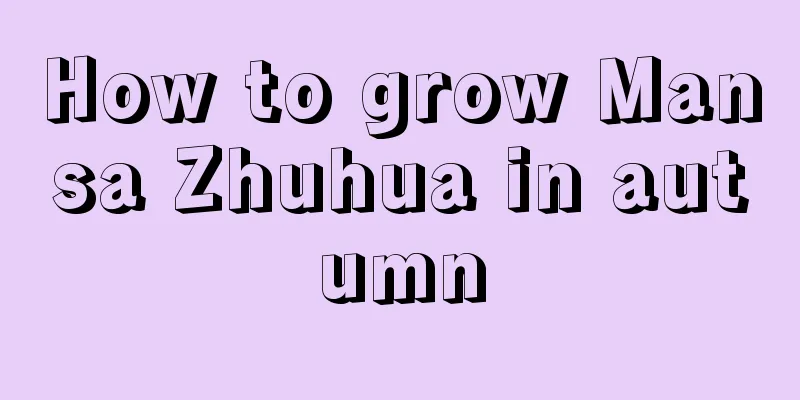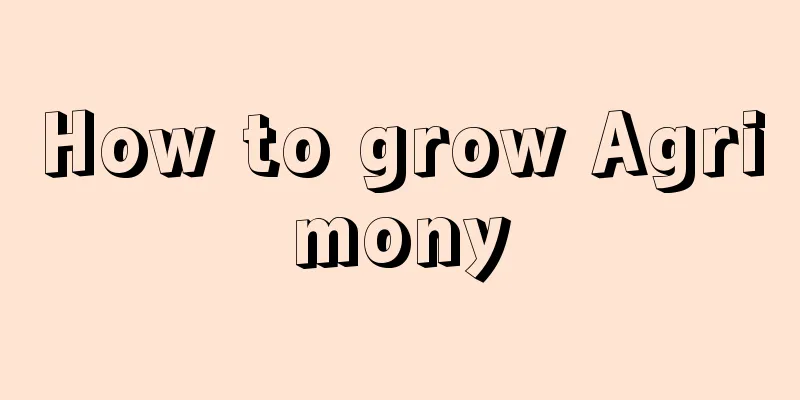Should coriander be harvested by cutting or pulling? How to plant coriander in pots

1. Should coriander be harvested by cutting or pulling?There are two ways to harvest coriander, one is to pull it directly, and the other is to cut it directly with scissors. Both methods have their pros and cons. Generally speaking, pruning is better than pulling. Generally, it can regenerate after being cut with scissors, which does not affect its normal growth and can be used continuously. But if you use the pulling method, it will not regenerate. If you pull it this time, it will be gone next time. You have to pull it out and plant it at the same time, which is not only laborious and time-consuming, but will also affect the growth of other corianders. The advantage of using the pulling method is that you can get its roots, and the roots of coriander also have good edible value. However, if the seedlings are found to be planted too densely after they grow out, it is necessary to use the thinning method, which is to pull them out directly to make the density more appropriate. 2. Coriander potting methodPlanting time: Coriander planting requires choosing the right time, generally in May or June in spring or around October in autumn. The temperature is relatively suitable at this time, which is conducive to the growth of coriander. Prepare seeds: Buy seeds before potting. Generally, the seeds you buy will have a hard shell. This hard shell needs to be rubbed off by hand so that it can be planted and facilitate germination. Processing seeds: After rubbing off the hard shell, they need to be germinated. Soak the seeds in warm water at about 40 degrees for about six hours. If you find that there are seeds growing together during soaking, rub them apart. Prepare potting soil: Choose a flower pot of appropriate size, fill it with clean, sterilized garden soil, and mix it with some base fertilizer to make the soil contain certain nutrients. Potted planting: After preparing the potting soil, plant the germinated seeds by broadcasting, then sprinkle a thin layer of soil on it, and use a spray bottle to spray some water on the surface of the potting soil to make the soil slightly moist. If the temperature is low, you can also cover the flower pot with a layer of plastic wrap, which can keep it warm and moisturize, which is conducive to seed germination. After processing, maintain suitable temperature and moisture, and wait for the seeds to break through the soil. |
>>: Do peanuts grow in the soil or in the ground? Simple methods for growing peanuts
Recommend
Breeding methods and precautions of Zhaoshanbai
1. Maintenance methods 1. Temperature: The temper...
When and how to change the soil of Tiger Pilan
Time to change the soil of tiger lily It is best ...
How many years does a lemon tree bear fruit?
Introduction to Planting Lemon Trees Lemon prefer...
What is wakame?
What is wakame? Wakame is a plant of the Pterygiu...
How did plants come from?
1. How did it come about? Today's plants have...
Can aspirin be used to water flowers?
1. Is it possible? Using aspirin to water flowers...
How did Xiaomi Star explode?
Just bought it home It’s less than a month before...
Where do oak trees grow? Where do oak trees grow? (Distribution area)
The oak tree has a solid trunk and a tower-shaped...
Is sisal a tropical crop? Where is it suitable for planting?
Is sisal a tropical crop? Sisal is a tropical cro...
Disease and Pest Control of Spoon-lipped Orchid
1. Sclerotium rot This disease occurs very freque...
How to make dianthus bloom
1. Flower soil Using suitable soil for growing di...
How many times can loofah be planted in a year? How many days is the growing period?
How many seasons of loofah are planted in a year ...
Common varieties of Millettia spatholobi
Millettia ternata This three-leaf chicken blood v...
Long beans planting method and time Long beans cultivation and management technology
Suitable planting time for long beans Long beans ...
Why can't you grow water lilies at home?
1. Why can’t we raise 1. There will be negative e...









